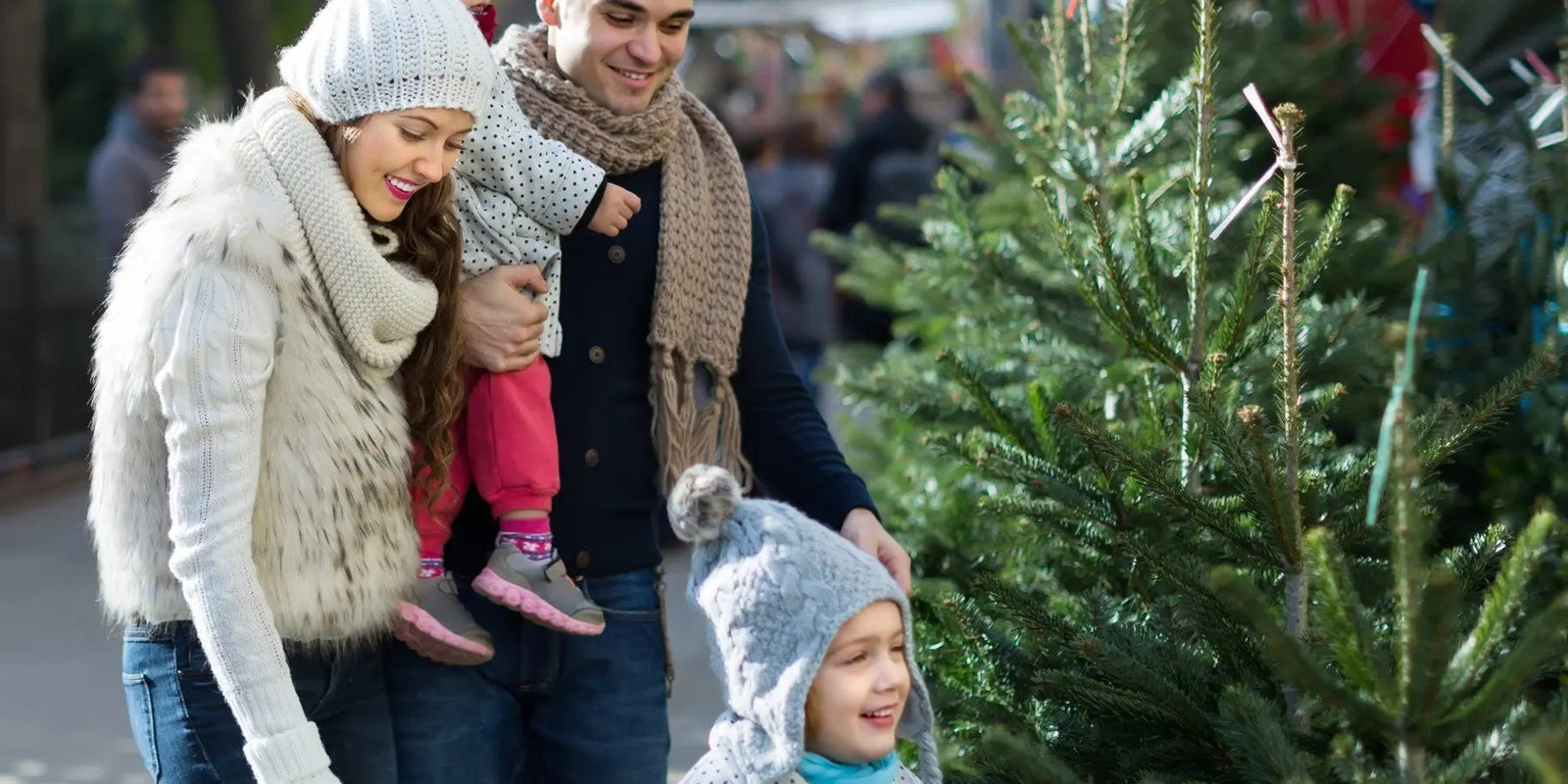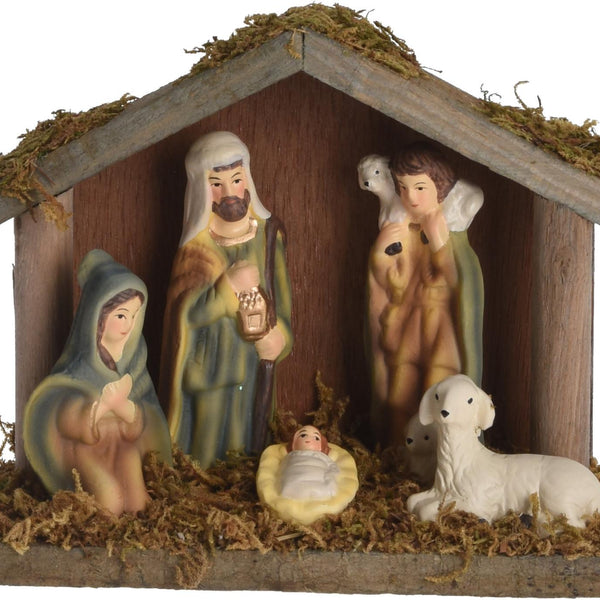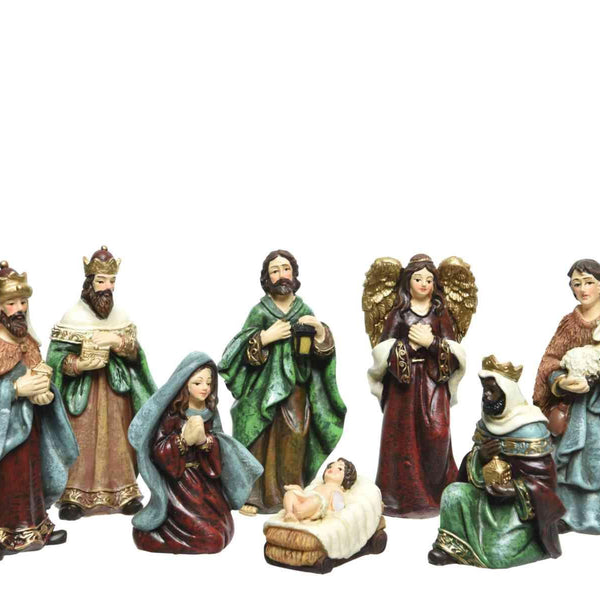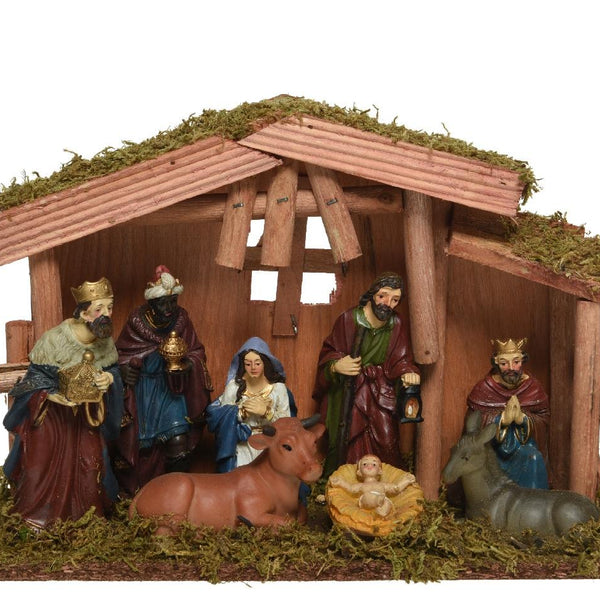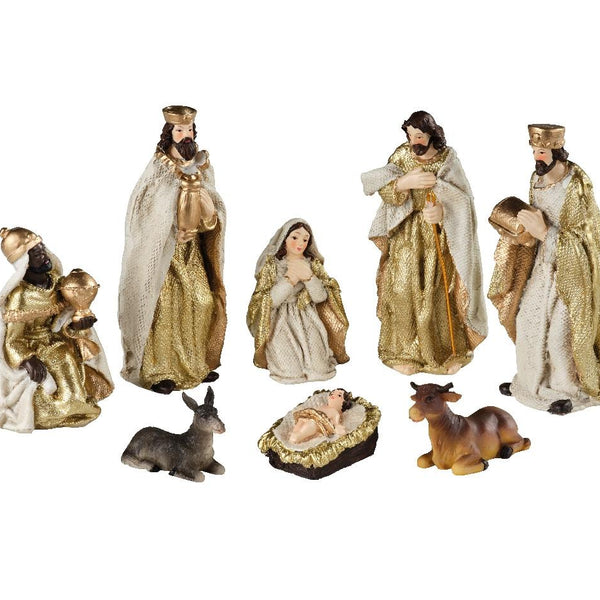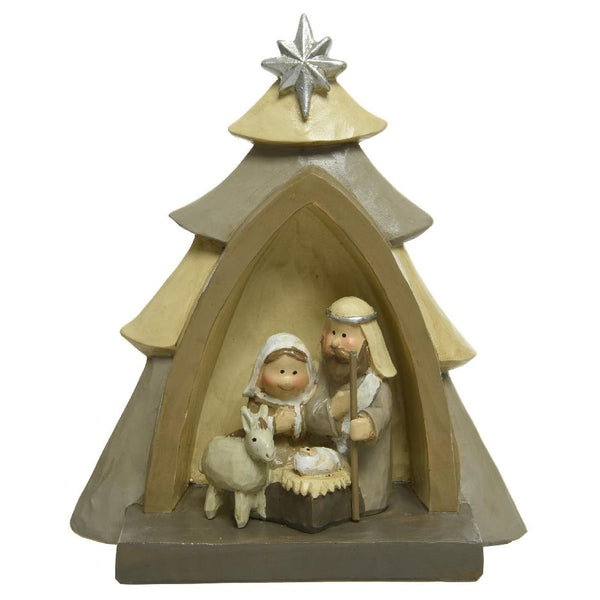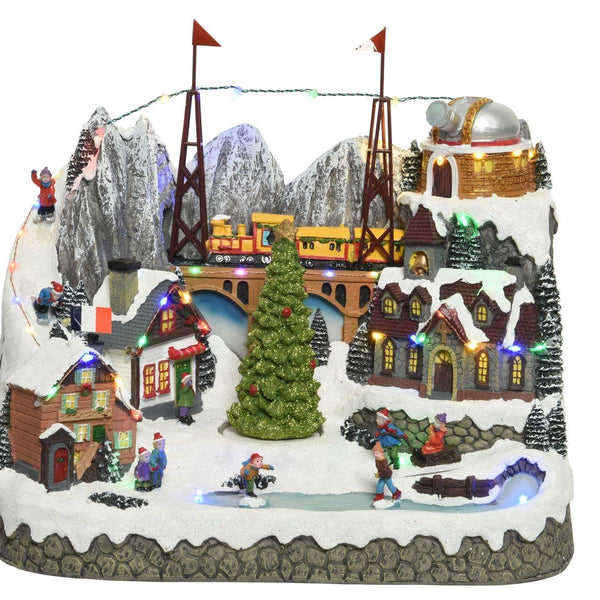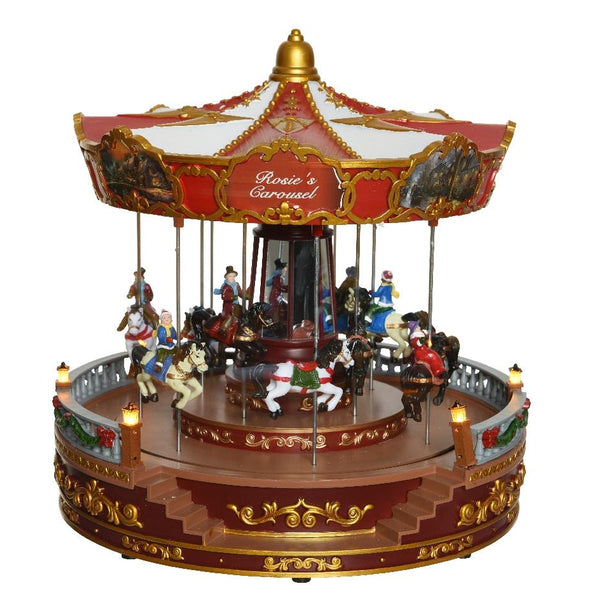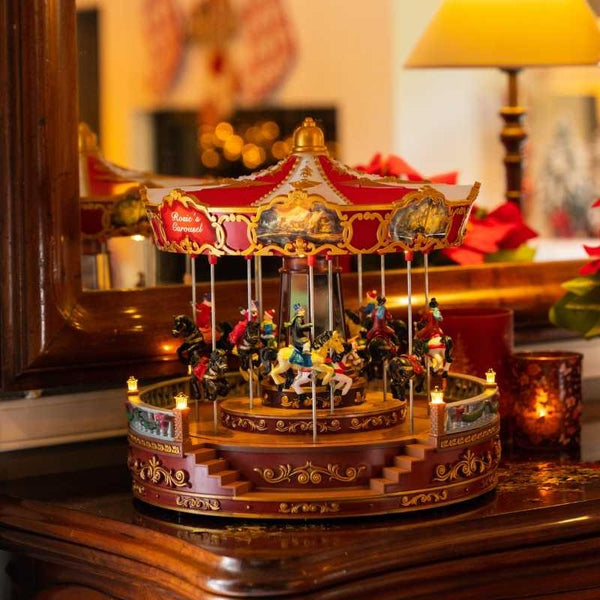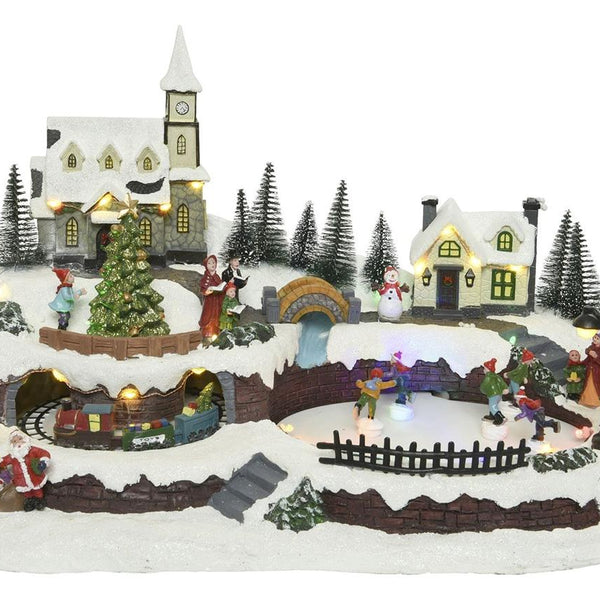Choosing a live Christmas tree is one of the most classic Christmas traditions. While tree-buying time only comes around once a year, it's a memory that will be remembered for decades to come. We'll show you how to choose a real Christmas tree that will last the entire holiday season. You'll also find our essential tips for caring for a live Christmas tree to keep it merry and bright. Once the holidays are over, don't forget to recycle your real Christmas tree for a sustainable and eco-friendly holiday.

How to choose a Christmas tree?
Choose the location of the Christmas tree in the decorated house
Before heading to the lot or store to choose this year's perfect tree, you need to be sure of where you want to place the tree and how much space you have available. Try to avoid locations near heat sources like radiators, fireplaces, heating vents, and even televisions or sunny windows. Also, try to place the tree in a low-traffic area to avoid accidental bumps and potential safety issues. Next, you'll need to measure the dimensions of the space you have available, keeping in mind that a tree stand will add a few extra inches of height, as will a star or angel to finish the top.
You should leave a minimum of 15 cm between the top of your tree and the ceiling. If you plan to use a fir wreath, allow at least 30 cm. If you have a standard 240 cm ceiling, a 210 cm tall tree is ideal.
Know what you want
Every tree species is a little different, so finding the best types of real Christmas trees for your family means matching them to your household's needs and wants. For example, if you have children, you might want to choose pine or fir trees with soft needles rather than spruce trees , whose sharp needles can hurt when stepped on.
On the lot, you'll see three or four common varieties of fir trees. Some things to consider when choosing the right type are the tree's color, shape, and feel. Some trees are dark green, while others have gray or white hues. Some trees have tightly packed branches, while others are more widely spaced. One thing to remember is that if the tree looks very full even though it's devoid of ornaments, it may be difficult to decorate with garlands. Most trees that end up on a lot have been groomed and trimmed to look beautiful during the selection process. Then you get it home and realize there's very little space for ornaments. It may be best to choose one with a few empty spaces. You can also bring a few of your favorite ornaments to test them out in the field. Also, make sure the first foot of the trunk is straight, or you'll have a hard time trimming it properly at home.
Consider all angles
Step back 1.5 to 2.5 meters and examine the tree from several vantage points. Look for a tree with dense branches, good shape, color, and fragrance. The trunk should be straight (or nearly so) and should not be visible through the foliage.
Check the freshness of the tree
First, check the trunk of the fresh Christmas tree . The trunk should be slightly sticky. Bend a needle in half with your fingers; fresh fir trees should snap, while fresh pine trees should bend and not break.
To find the best Christmas tree that will last the longest, gently grasp the inside of a branch and pull your hand toward you. The needles should remain on the tree. You can also gently tap the cut end of a tree on the ground; if a few needles fall, the tree should be in good condition. If many needles fall, continue looking for another tree.
Some types of Christmas trees turn from a rich, deep green to a dull gray-green if they are too dry. Use caution and keep in mind that green is best.
Tips for caring for your Christmas tree
Once you've brought your live Christmas tree home, proper care is essential to keep it looking fresh and beautiful throughout the holiday season. Proper maintenance will ensure your tree retains its needles and shine for weeks. Here are some essential tips:
1. Refresh the tree trunk
Once you get home, cut about 2 to 3 cm from the base of the trunk to allow for better water absorption. This step is crucial because it prevents the sap from drying out and blocking the trunk's internal channels. Then immediately place the trunk in a container of water so the tree can begin absorbing moisture.
2. Choose the right location
Avoid placing your tree near heat sources such as fireplaces, radiators, or vents. Heat quickly dries out the tree, causing needle drop. Instead, choose a cool, draft-free location, and if possible, away from frequent traffic to avoid accidental impacts.
3. Water regularly
A fresh Christmas tree can absorb up to several liters of water in the first few days, so make sure its base is always submerged in water. Check the water level daily to prevent the reservoir from emptying, as a dehydrated tree will quickly lose its needles and dry out.
4. Use the cut branches
If you need to trim some branches from your tree to fit your space, don't throw them away. Use them to create garlands, wreaths, or centerpieces. This maximizes the tree's use and adds an extra festive touch to your home decor.
5. Recycle the tree after the holidays
Once the holidays are over, recycle your tree according to local recommendations. Many municipalities organize tree collections to turn them into compost or garden mulch. It's important not to burn your tree in a fireplace, as the resins contained in trees can cause dangerous chimney fires.
Caring for a live Christmas tree can seem complex, but by following these simple tips, you can enjoy its beauty and fragrance throughout the holidays.
